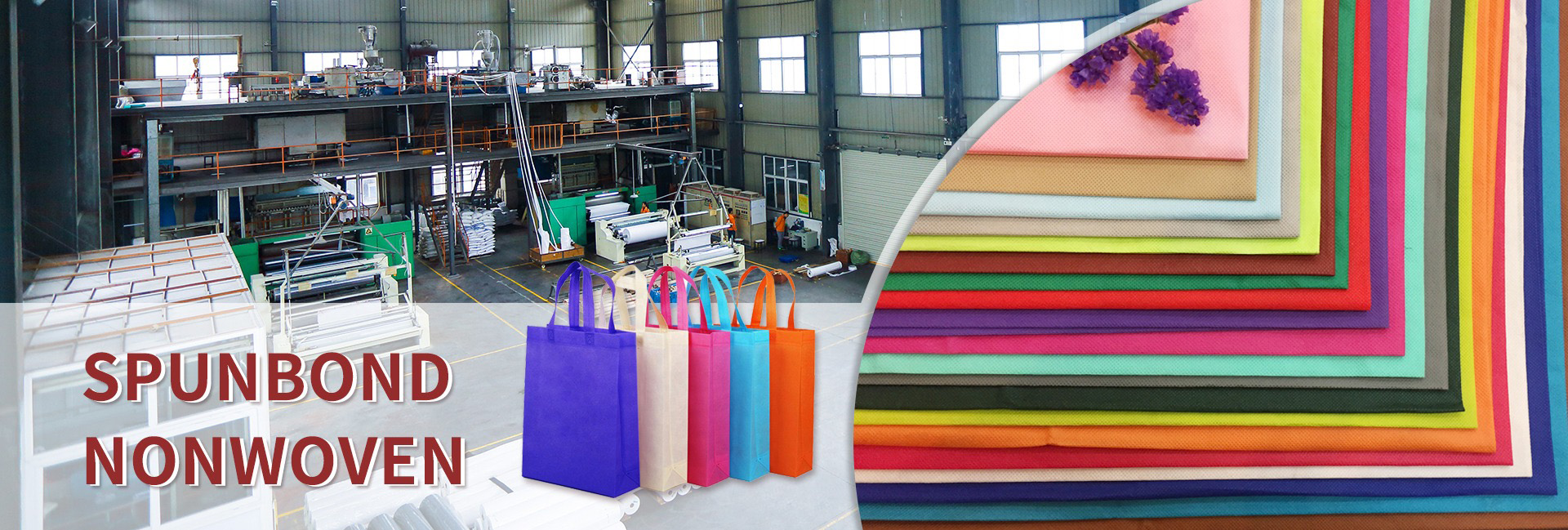Material problems
Unsuitable nonwoven fabric materials
The quality of non-woven fabric materials is one of the important factors affecting needle breakage of needle-punched non woven fabrics. If the fiber of the material is not long enough and there are too many impurities, it will cause needle breakage. In addition, if the density of the material is too high, the needle of the needle punching machine will easily get stuck in the material, causing the needle to break.
Solution: Choose non-woven fabric materials of appropriate quality, pay attention to reducing impurities in the material, and control the material density.
Irregular material cutting
If the non-woven material is not cut in a standardized way, even high-quality materials are prone to needle breakage. Irregular cutting will cause the material to have gaps of varying sizes, which will cause the needle to get stuck, causing the needle to break.
Solution: Use professional cutting equipment to control the consistency of cutting size.
Equipment problems
Wear of needle machine accessories
Needle, lining and guide plate accessories of needle machine will wear out after a long time of use. The worn lining plate will make it difficult for the needle to enter and exit, and cause the needle to break. Wear or deformation of the guide plate will cause the guide needle to deviate, resulting in needle breakage.
Solution: Regularly check and replace needle machine accessories.
Improper adjustment of needle machine equipment
Improper adjustment of needle machine equipment is also one of the reasons for needle breakage. If the parameters such as the torque, needle length or plate position of the equipment are not adjusted properly, the needle will break.
Solution: Regularly check and adjust the parameters of the needle machine equipment.
Analysis of the core causes of needle breakage
Equipment hardware factors
Needle plate deformation, uneven installation or long-term pressure bending (> 0.2mm/m²), uneven force on the needle body, local stress concentration and fracture.
Needle guide plate wear, hole diameter expansion (> needle diameter 0.05mm) or edge burrs, needle trajectory deviation, lateral shear force increased sharply.
Net support plate damage, plate surface concave/convex or hole edge sharp, needle return blocked, needle tip hits hard object and breaks.
Transmission system vibration, gear clearance> 0.3mm or bearing looseness, needle plate running shake, needle body fatigue fracture.
Improper process parameters
Needle puncture too deep: needle depth exceeds 70% of fiber layer thickness → needle tip hits the net support plate (especially when producing high-weight products); needle puncture density is too high: > 1200 punctures/cm² → adjacent needles interfere with friction and heat up (needle temperature> 150℃), hardness decreases; insufficient stepping amount: < 2mm/puncture → The fiber layer is not fully fed, and the same point is punctured repeatedly.
Needle selection and management issues
Needle type error
Use fine hook needles (such as 40# needles) for coarse fiber layers (such as PET recycled materials) → hook grooves are blocked → tension is doubled; low-strength needles (such as ordinary carbon steel needles with bending resistance <15N) are used for high-density products
Needle loss
Single needle puncture times > 500,000 times → micro fatigue cracks (visible by SEM detection); needle tip blunting (radius of curvature > 0.1mm) → puncture resistance increased by 300%
Operational problems
Irregular operation
Irregular operation by operators is also one of the reasons that easily lead to needle breakage. For example, operators may give up using the guide plate, or the needle may collide with the material.
Solution: Train operators regularly to ensure that they operate the needle punching machine correctly.
Feeding speed is too fast
Feeding speed is too fast during operation is also one of the reasons that lead to needle breakage. If the feed is too fast, it is easy to cause the needle to get stuck, or the material is not prepared enough, which can easily lead to needle breakage.
Solution: Control the feed speed and ensure that the material is fully prepared.
Conclusion
In summary, there are many reasons for the needle breakage of needle-punched non-woven fabrics, most of which can be reduced or avoided by controlling materials, equipment and operation rationality. Only by strengthening production management, regularly checking equipment and materials, and operating equipment reasonably can the occurrence of needle breakage of needle-punched non-woven fabrics be effectively avoided.
Dongguan Liansheng Non woven Technology Co., Ltd. was established in May 2020. It is a large-scale non-woven fabric production enterprise integrating research and development, production, and sales. It can produce various colors of PP spunbond non-woven fabrics with a width of less than 3.2 meters from 9 grams to 300 grams.
Post time: Jun-28-2025

